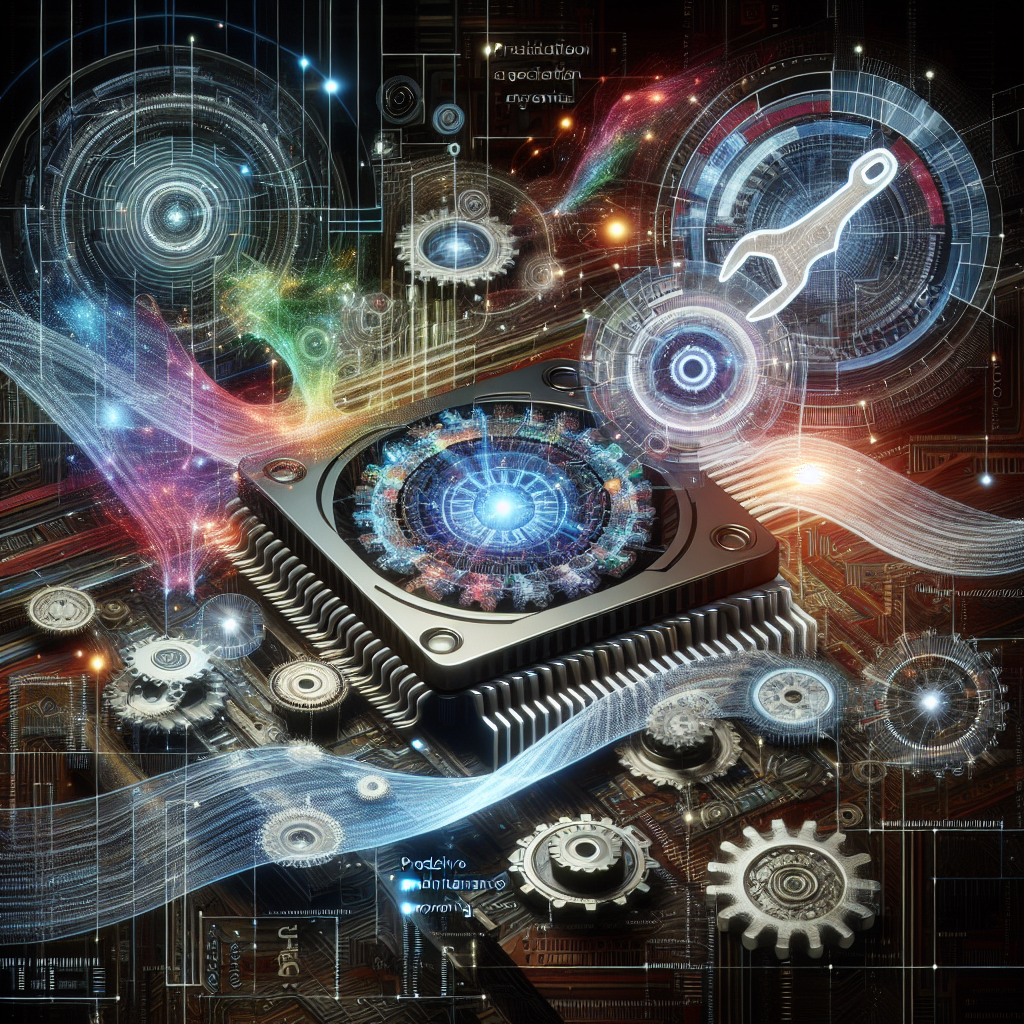In today’s fast-paced world, the need for efficient and effective maintenance of equipment and machinery is more important than ever. Downtime can be costly for businesses, leading to lost productivity, revenue, and customer dissatisfaction. That’s where predictive maintenance comes in.
Predictive maintenance is the use of data and analytics to predict when equipment is likely to fail so that maintenance can be performed just in time. This approach helps prevent unexpected breakdowns and allows for more efficient use of resources. With the help of AI-driven solutions, businesses can leverage advanced technologies to monitor equipment in real-time and predict potential issues before they occur.
AI-driven solutions for predictive maintenance use machine learning algorithms to analyze data from sensors, equipment logs, and historical maintenance records to identify patterns and trends that indicate potential failures. By continuously monitoring equipment performance, these solutions can provide early warnings of impending issues, allowing maintenance teams to take proactive action to prevent downtime.
One of the key advantages of AI-driven solutions for predictive maintenance is their ability to adapt and learn from new data. As more data is collected and analyzed, the algorithms can become more accurate in predicting failures and recommending maintenance actions. This continuous improvement can help businesses optimize their maintenance schedules and reduce overall maintenance costs.
In addition to predictive maintenance, AI-driven solutions can also be used for equipment monitoring. By installing sensors on equipment, businesses can collect real-time data on performance metrics such as temperature, pressure, and vibration. This data can then be analyzed using AI algorithms to detect anomalies and predict potential issues before they impact operations.
For example, in a manufacturing plant, sensors can be used to monitor the health of machinery and identify signs of wear and tear. By analyzing this data with AI algorithms, maintenance teams can schedule preventive maintenance to replace parts before they fail, reducing the risk of unplanned downtime.
Overall, leveraging AI-driven solutions for predictive maintenance and equipment monitoring can provide businesses with a competitive edge by improving equipment reliability, reducing maintenance costs, and maximizing uptime. By harnessing the power of AI and machine learning, businesses can transform their maintenance operations from reactive to proactive, ultimately leading to increased efficiency and profitability.
FAQs:
Q: How does AI-driven predictive maintenance work?
A: AI-driven predictive maintenance uses machine learning algorithms to analyze data from sensors, equipment logs, and historical maintenance records to identify patterns and trends that indicate potential failures. By continuously monitoring equipment performance, these solutions can provide early warnings of impending issues, allowing maintenance teams to take proactive action to prevent downtime.
Q: What are the benefits of AI-driven solutions for predictive maintenance?
A: The benefits of AI-driven solutions for predictive maintenance include improved equipment reliability, reduced maintenance costs, and increased uptime. By predicting potential failures before they occur, businesses can schedule maintenance at the most optimal time, preventing unexpected breakdowns and maximizing equipment efficiency.
Q: How can businesses implement AI-driven solutions for predictive maintenance?
A: To implement AI-driven solutions for predictive maintenance, businesses can start by collecting data from sensors and equipment logs. This data can then be analyzed using machine learning algorithms to identify patterns and trends that indicate potential failures. By continuously monitoring equipment performance and analyzing data, businesses can improve their maintenance practices and prevent downtime.
Q: What industries can benefit from AI-driven solutions for predictive maintenance?
A: Virtually any industry that relies on equipment and machinery can benefit from AI-driven solutions for predictive maintenance. Industries such as manufacturing, energy, transportation, and healthcare can all leverage AI technologies to improve equipment reliability, reduce maintenance costs, and increase uptime.

